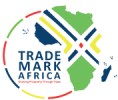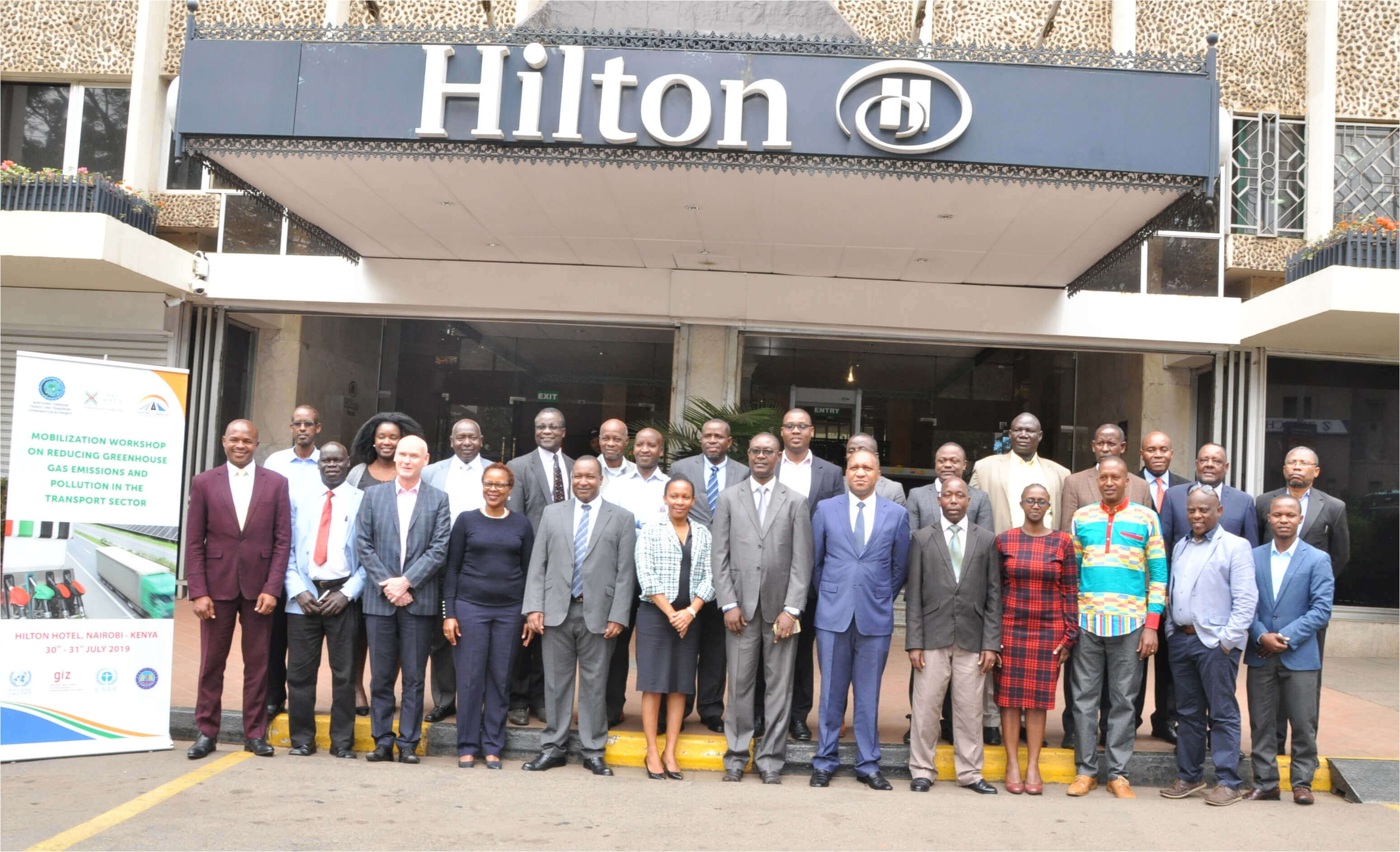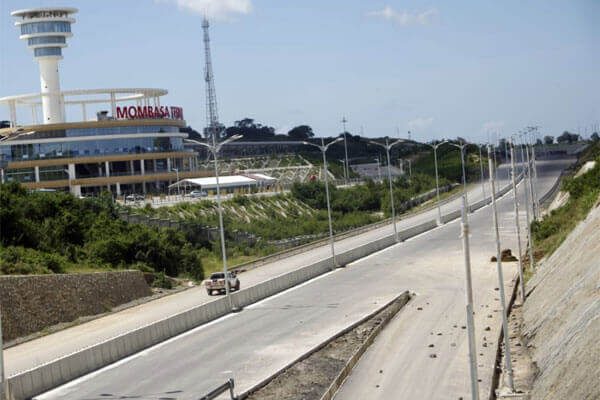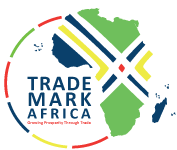The draft programme of the 2019 WTO Public Forum is now online (click here). This year's Forum takes place from 7-11 October under the headline of 'Trading Forward: Adapting to a Changing World'. A number of grain trade participants will be leading sessions, including Gafta, the Grain and Feed Trade Association, who will table 'Digital Transformation of the Agricultural Trade', and Cargill, Incorporated who will lead on 'Global Trade Systems and the Next Generation: Connecting Our World'. Other trending issues at the Public Forum include: Digitalization and digital trade (Gafta, ITC, WEF, ICC) Millennials and Gen Z expectations for the future of trade (WTO, UNCTAD, ITC, Cargill, Incorporated, Government of Canada, farming unions of Norway and Switzerland) WTO reform (Africa Trade Network, Government of Brazil, Apex-Brazil, AEGIS Europe) WTO dispute resolution (Bertelsmann Stiftung) Sustainability and trade (ECOSOC, Confederation of British Industry, Government of France, Governmnent of Canada) Developing countries and the international trade agenda (World Bank, IICA) Gender and trade (Gender and Trade Coalition, Trade Mark East Africa) Source: Public
WTO 2019 Public Forum – Draft Programme Now Online
Posted on: August 14, 2019
Posted on: August 14, 2019

















